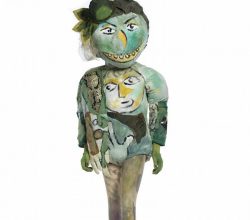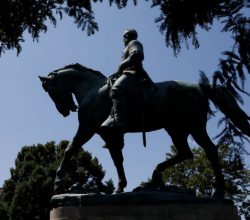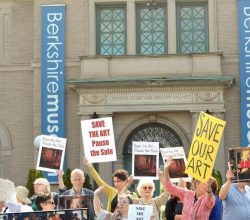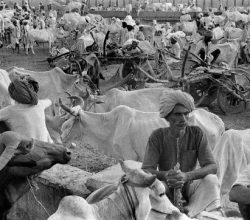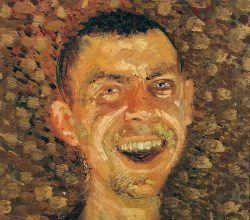
Richard Gerstl, Neue Galerie, New York — mesmerising
Ariella Budick | ft.com | 16th August 2017
Fin de siècle Vienna was a nervy place and it produced some nervy artists. Richard Gerstl was certainly one of those. Talented but unhappy he had an affair with a friend’s wife which was promptly discovered. Uproar ensued and, shortly thereafter, Gerstl committed suicide at just 25. “[D]id mental illness shape his style, or does his work look especially desperate because we read backwards from his suicide?”

